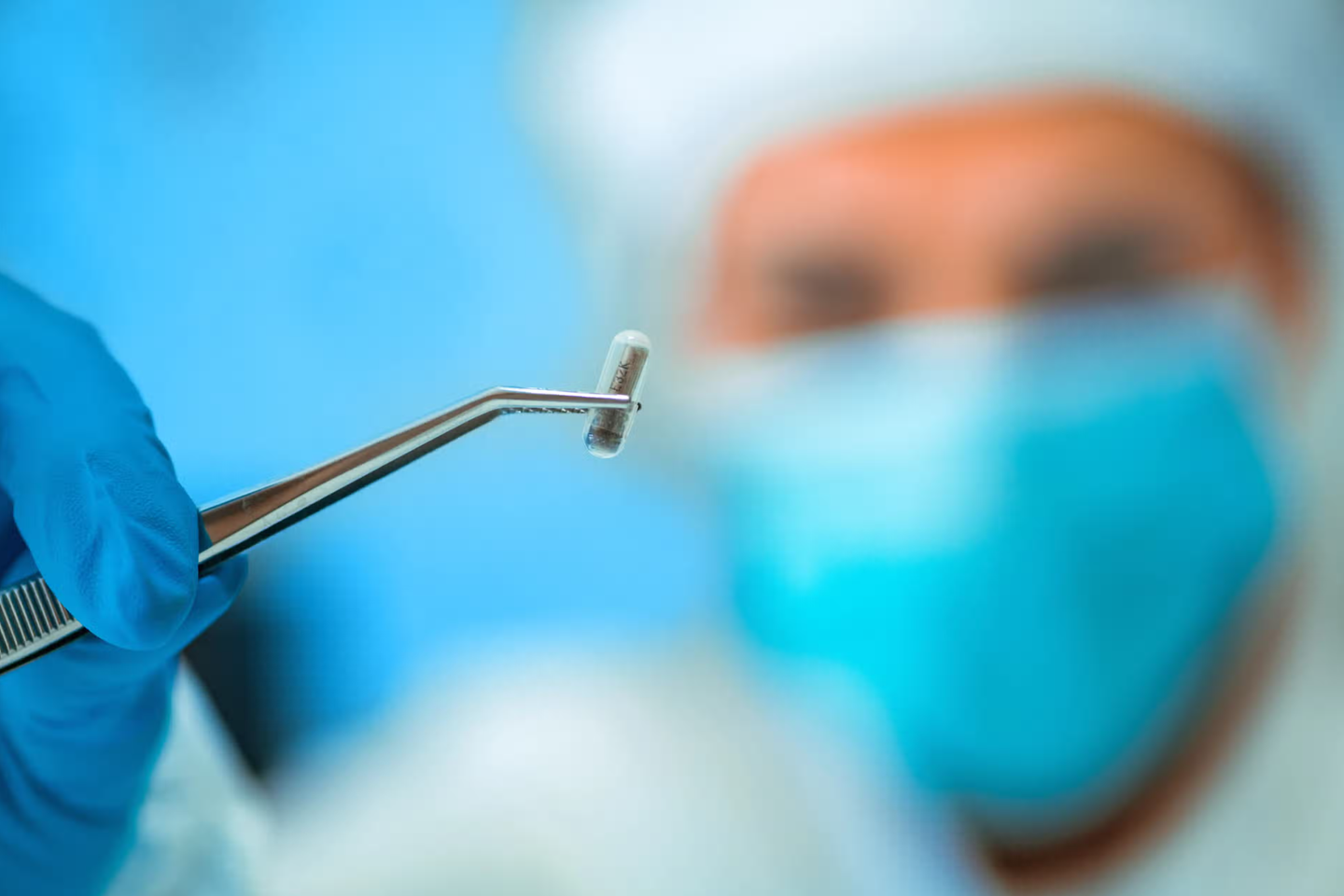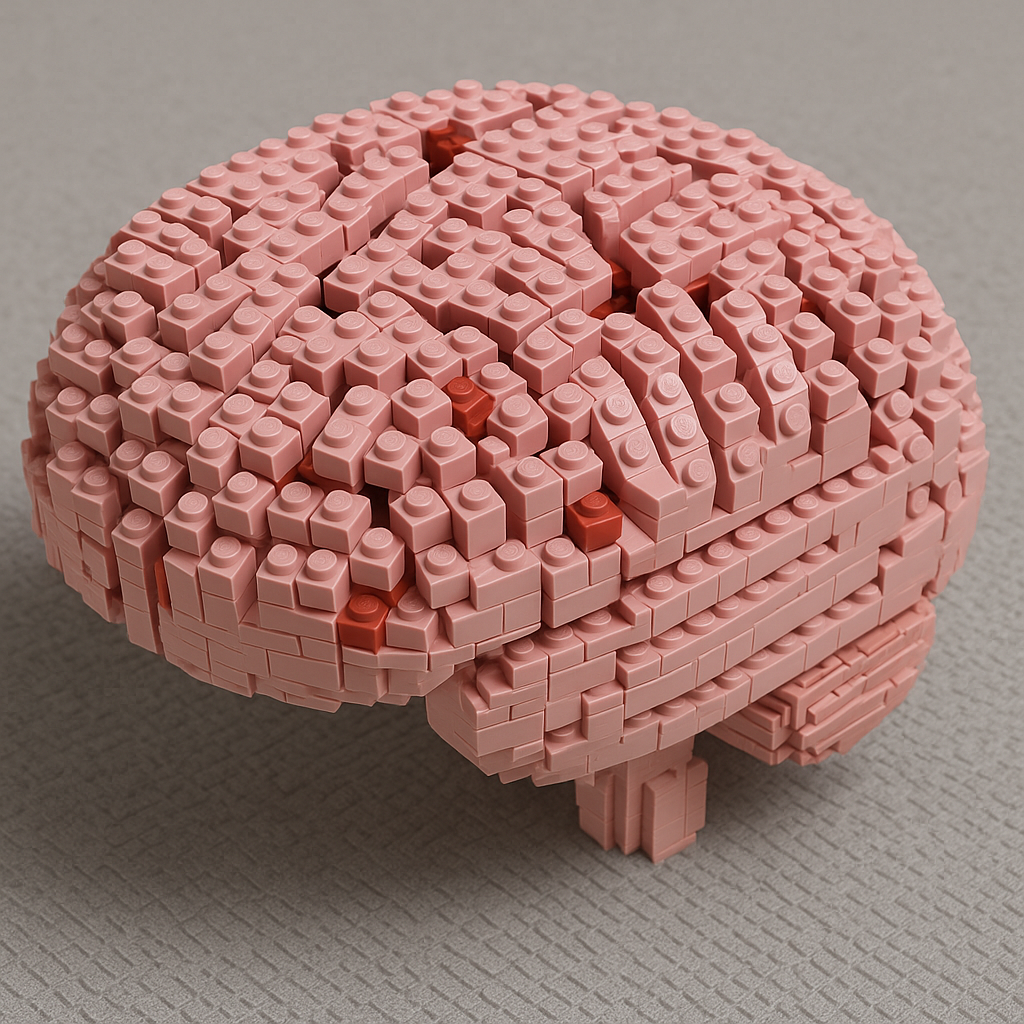New wireless implant could revolutionize how doctors treat cancer and other diseases
A new wireless implant targets solid tumors with pinpoint accuracy, reducing drug side effects and boosting cancer treatment success.

A wireless implant delivers drugs deep into tumors, improving cancer treatment while sparing healthy organs. (CREDIT: Shutterstock)
A new wireless implant may change how doctors treat cancer and other diseases that need targeted drug delivery. Scientists in South Korea have designed a tiny, fully implantable system that sends medicine deep into solid tumors while avoiding healthy tissue. It works without wires or batteries, using electric fields to guide drug molecules straight to their target.
This invention, called the Dual-Phoretic Wireless Drug Delivery System (DPw-DDS), combines two electrical forces to do the job. One force, called electrophoresis, controls the timing and amount of drug release. The other, called iontophoresis, pushes the drug into dense tissue like a tumor. The result is precise, powerful delivery with fewer side effects than traditional chemotherapy.
Breaking the Barrier of Solid Tumors
Treating solid tumors has always been difficult. These masses are made of tightly packed cells and have high internal pressure. When drugs are injected into the bloodstream, they often get stuck near the tumor’s surface. That means doctors have to use higher doses to make sure some medicine reaches the center, which raises the risk of harming healthy organs like the heart, liver, or kidneys.
But the new device solves that problem. It uses tiny electrical currents to pull drug molecules deep into the tumor. That lets doctors use less medicine while still getting better results.
The key is in how the device controls drug movement. Electrophoresis allows on-demand drug release using ion diodes. These tiny structures respond to electric signals, giving doctors fine control over dosage and timing. Then, iontophoresis sends the drug in the right direction—deep into tissue, through barriers that normally block it.
Fully Wireless and Compact
What makes this system even more impressive is that it works wirelessly. The whole thing fits under the skin and is powered by Near-Field Communication (NFC), the same technology used in contactless payment cards. There are no external wires or bulky batteries, making the device easier to implant and safer to use long-term.
Related Stories
- Scientists use brain imaging to spot early signs of Alzheimer’s
- Oxytocin nasal spray shows promise for treating alcoholism and obesity
Once inside the body, the system can be controlled remotely. A doctor—or even a programmed device—can adjust the drug dosage and release schedule as needed. That means treatment can be more responsive, adapting to how the patient is doing without repeated hospital visits.
During lab tests, the implant showed remarkable success. It delivered over four times more drug to tumor tissue than standard injections. In a two-week simulated treatment, tumors shrank by more than 50%, while nearby tissue and organs remained unharmed. A 3D scan confirmed that the drug reached the center of the tumor, not just the outer layers.
Collaboration Leads to Breakthrough
This research was led by Professor Seung-Kyun Kang of Seoul National University, along with Dr. Hyojin Lee, Jeonghyun Kim, and Professor Seongchan Kim. Together, their backgrounds in materials science, electronics, and medicine made this invention possible.
Their approach marks a shift in how we think about drug delivery. Instead of flooding the whole body with medicine, the team focused on reaching only the diseased tissue. That strategy not only improves the treatment’s effect but also protects the patient’s body from unnecessary harm.
Professor Kang explained, “This system integrates controlled release and deep tissue targeting in a compact wireless form. It could reshape how we treat not only cancer but a wide range of diseases requiring precise and sustained drug delivery.”
Ready for Many Types of Drugs
Another advantage is that the system works with many kinds of drugs. It does not require new formulations or chemical changes to existing medicines. That means doctors can use the same drugs they already trust, reducing both time and cost in getting treatments to patients.
The implant supports everything from small molecule chemotherapy agents to protein drugs and even newer treatments like mRNA. This makes it useful not just for cancer but also for chronic inflammation and other diseases that benefit from precision medicine. Dr. Lee emphasized this point, saying, “This platform provides a practical solution for improving therapeutic efficacy while minimizing side effects. We are actively working toward clinical translation and commercialization.”
Toward the Future of Implantable Therapies
Next steps include creating biodegradable versions of the device. These would slowly break down in the body after treatment ends, so no second surgery would be needed to remove the implant. This would be ideal for long-term therapies or for patients who may not be able to undergo multiple procedures.
This breakthrough shows how combining physical science with medical need can lead to powerful tools. By using electric fields to control how and where drugs move in the body, the system achieves what pills and injections often cannot—targeted, efficient, and safe drug delivery.
If this system makes it into clinical practice, it could lead to a future where treating cancer is not only more effective but also easier on the body. And since the platform can adapt to many drugs and diseases, it may also help treat conditions that today have few good options.
The Bottom Line
With cancer cases on the rise worldwide, treatments that are both powerful and gentle are in high demand. The Dual-Phoretic Wireless Drug Delivery System offers a new path forward. Its ability to send medicine deep into tumors without touching healthy tissue could save lives—and improve the quality of those lives, too.
By merging wireless technology with advanced drug transport methods, this small implant holds big promise for the future of medicine.
Research findings are available online in the journal Science Advances.
Note: The article above provided above by The Brighter Side of News.
Like these kind of feel good stories? Get The Brighter Side of News' newsletter.



